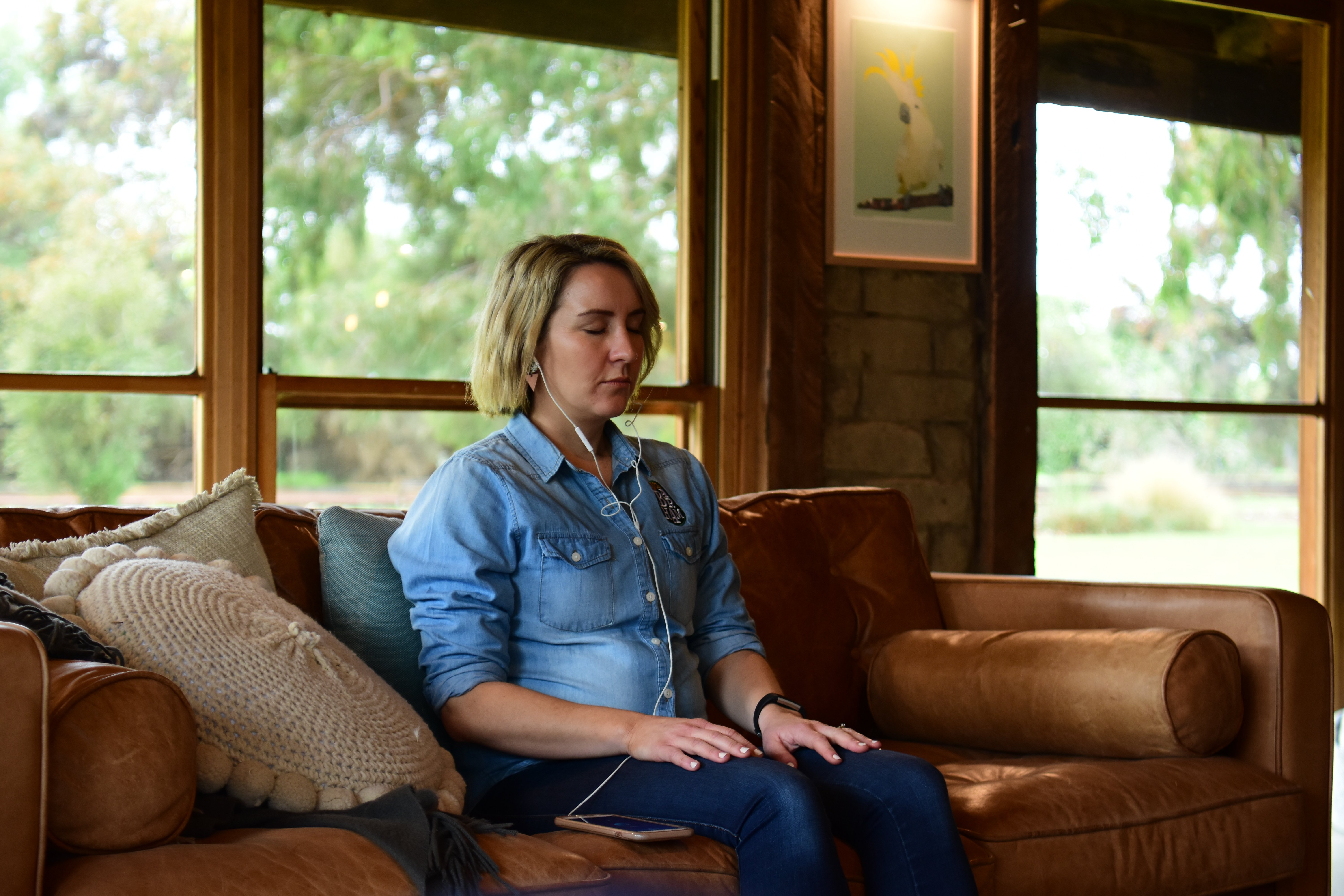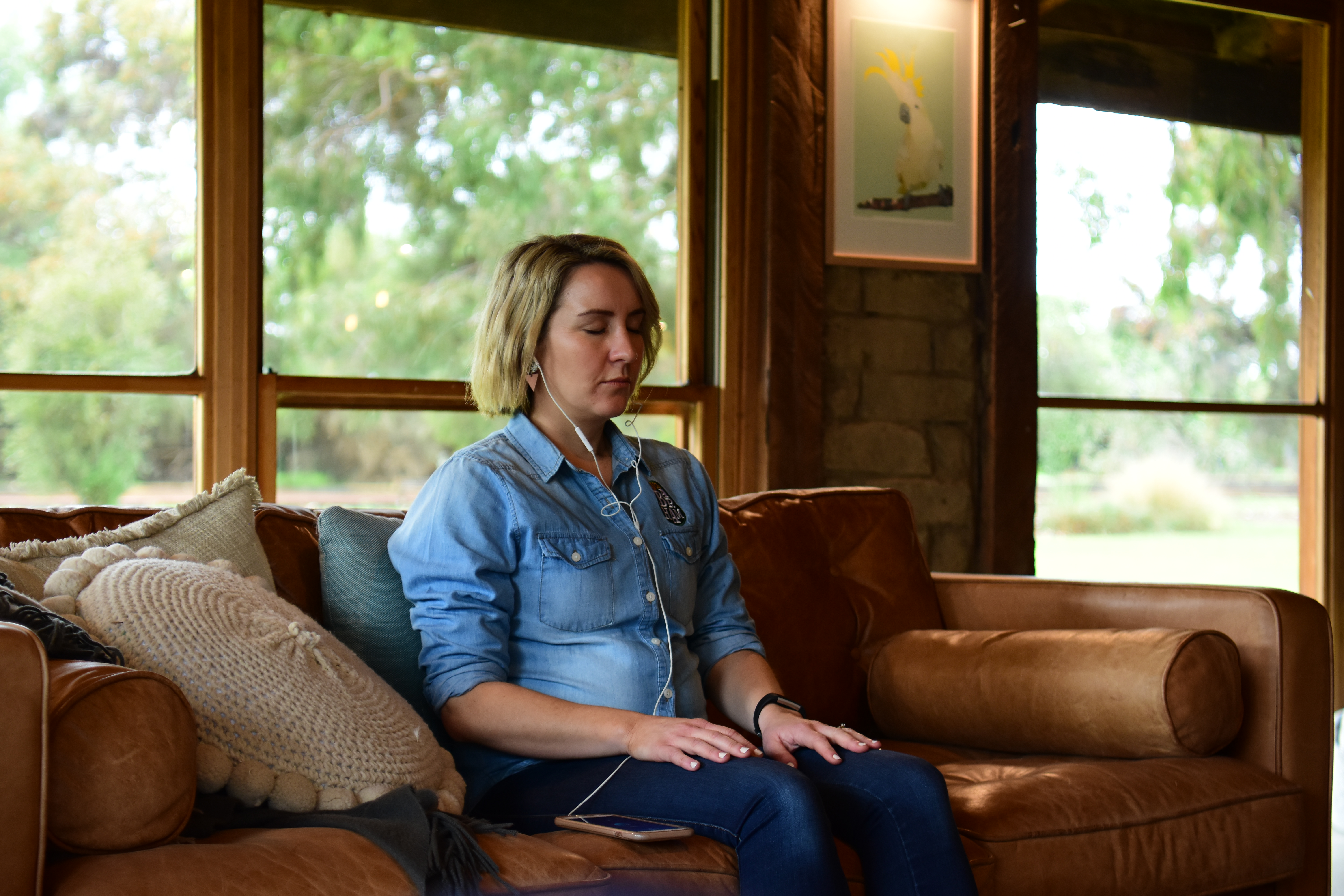It comes as no surprise that the combination of public health and economic crises that has occurred over the past year has had a profound impact on the mental health of Australians.
This year, the State of Mind report highlights the significant impacts the pandemic has had on our mental health. As a result, for many, continuing with business as usual at work has become increasingly difficult.
In 2021, we are more depressed, anxious, and stressed than this time last year. This October for Mental Health Awareness Month, we encourage workplace leaders to prioritise the mental health of their team. It’s likely that at least 78 percent of people in your workplace have experienced poor mental health over the past year, so there is no better time to check-in, reach out, and offer support at work.
![]()
In light of our 2021 State of Mind report being released, we have compiled five tips to help foster a healthy workplace culture that prioritises the mental health of employees.
1. Check-in
Checking in on your team can be one of the most simple and effective ways to signal that you value them and their contribution. By showing real care and compassion by checking in, in a safe, appropriate and informal manner, you can broaden the conversation around mental health, and determine who needs a little extra support. Authentic mental health check-ins need to be genuine and occur regularly, for your team members to feel seen, heard, and valued.
2. Promote taking breaks or time out if needed
Burnout is becoming a reality for many workers. Increased workloads, combined with a lack of a ‘normal’ personal life due to the pandemic, is leading to a burnout epidemic of its own in Australia. Encouraging your team to take holidays, mental health days and proper lunch and/or exercise breaks are imperative to combating burnout. Breaks should be celebrated, not frowned at!

3. Make the workplace a safe place to talk about mental health
The ‘taboo’ label that is often placed on mental health conversations in the workplace needs to be erased. In 2021, staying ‘professional’ at work and leaving the ‘personal’ at home is no longer an option, with the two worlds colliding due to the working from home system that the pandemic has plunged us into. If you’re reading this and sharing it with your team, you are already on your way to creating a safe, healthy environment at work.
![]()
4. Set an example for your team by prioritising your mental health
Taking care of your mental health by taking reasonable breaks, having time off and not overworking, will promote a positive work-life balance. By setting the example for your staff by prioritising your own mental health, they will feel more comfortable and safe to do the same. This will create a dynamic, productive and safe workplace culture for you and your team.
5. Encourage personal and professional development
The State of Mind 2021 report found that those people who reported learning and developing new skills, such as practising mindfulness meditation, achieved a higher overall wellbeing score at 7.1, compared to the general population at 5.7. Encourage your team to take time to develop new skills, both in and out of the workplace to improve their mental wellbeing.

If you would like to know more about how you can support the mental health and wellbeing of employees during Mental Health Month, we're here to help. Check out our Workplace Programs for more information.
To see what else we found in our annual State of Mind survey download the full report here.
References:
1 Dib, J., Comer, J., Wootten, A., Buhagiar, K. (2021). State of Mind 2021 Report. Melbourne: Smiling Mind





.jpg)






.jpg)





